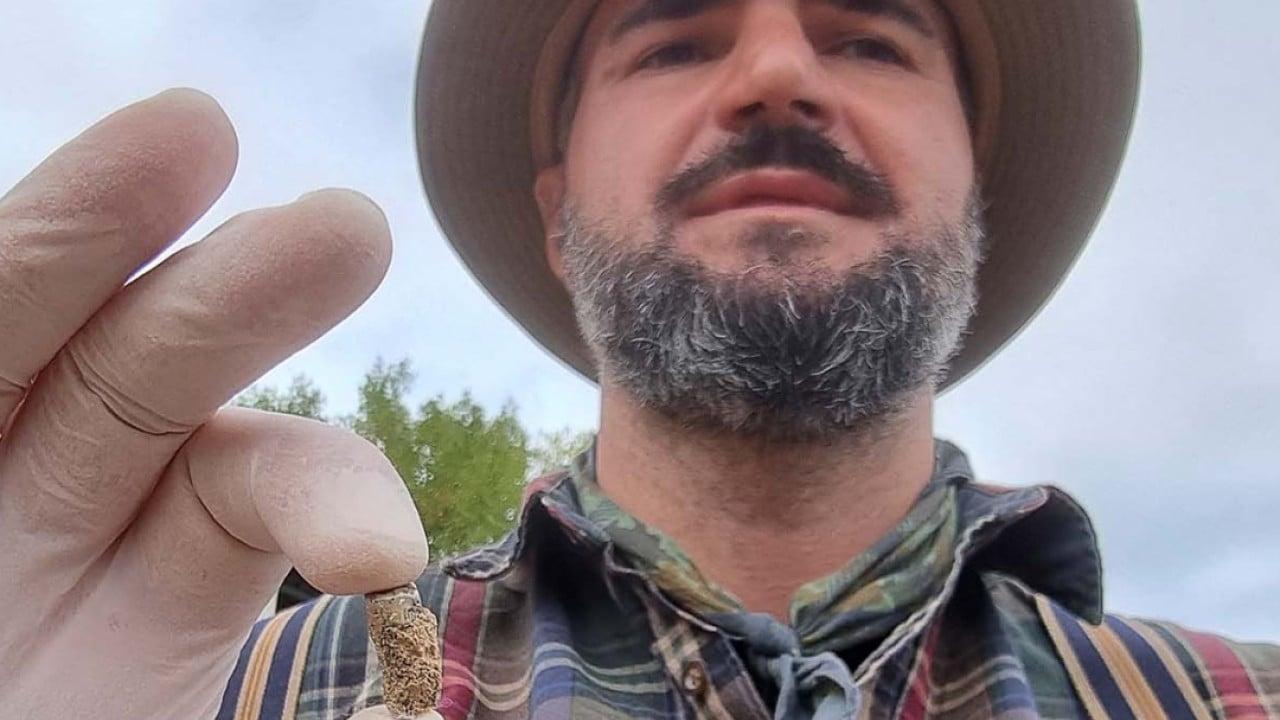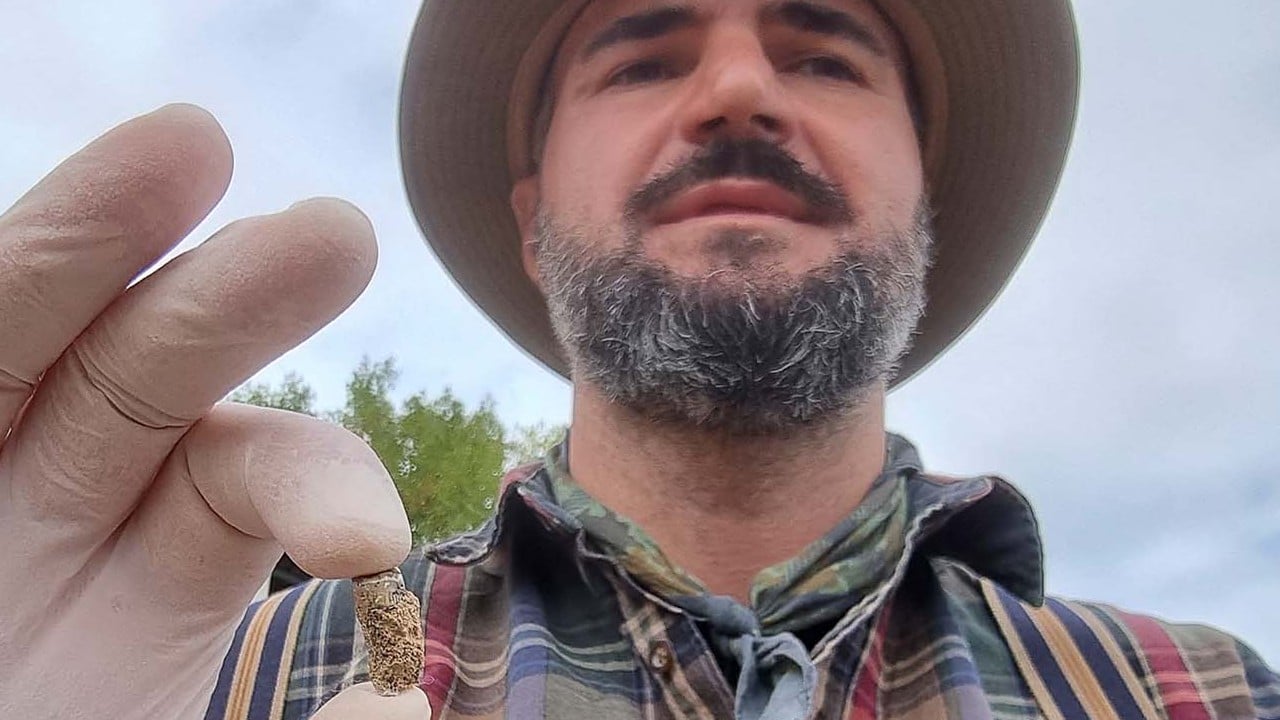
The team – comprised of members from China, Germany, Israel, South Korea and Russia – published their findings in the peer-reviewed journal Current Biology on Friday. “Northeastern Siberians experienced a prolonged Native American-related gene flow,” they wrote.
They said there had been “multiple phases of Native American-related gene flow into northeastern Asia over the past 5,000 years, reaching the Kamchatka peninsula and central Siberia”.
Last year, a separate team of Chinese researchers reported that ancient human remains found in a cave in southern China were closely related to the ancestors of Native Americans.
A separate study last year identified the remains of a close relative of the ancestors of Native Americans, found in a cave in southern China. Photo: Handout
In the latest study, the researchers said the Altai region – where the Denisovans, a group of extinct humans, were discovered – served as a crossroads for population movement between northern Siberia, Central Asia and East Asia over thousands of years.
Lead author Wang Ke, a junior professor with the department of genetics and anthropology at Fudan University in Shanghai, said the Altai group was found to be genetically connected to the Tarim Basin mummies – Bronze Age bodies found buried in a barren desert in Xinjiang in western China.
“We found that the Altai group of people have genetic links to the Tarim Basin mummies. But it is yet to be confirmed which group is the ancestor of the other group,” she said.
A previous study found that the Tarim Basin mummies were direct descendants of the Ancient North Eurasians, a once widespread population that had largely disappeared by the end of the last Ice Age.
The new Siberian group is also genetically linked to other Bronze Age groups from North and Inner Asia, such as Lake Baikal hunter-gatherers and pastoralists associated with the Okunevo culture in southern Siberia, according to the study.
Wang also said the remains of one of the 10 people were found in a cave in the Altai mountains 130 metres (427 feet) above a river. Burial objects found there included flakes, arrowheads, animal bones and teeth, which were likely related to the religious practice of shamanism.
The man, who was aged between 40 and 45 when he died, was also found in a shaman costume, possibly symbolising a transformation from a human into an animal like a bird, according to the study.
“The grave goods show that this person had a rather special social status,” Wang said.
The discovery of the man’s remains – dated to a similar period as the other Altai hunter-gatherers but with a completely different genetic profile – also showed that people with different profiles and backgrounds were living in the region around the same time.
“Previously it was thought that Ancient Northeast Asians lived in the Russian Far East,” Wang said. “The man in the Altai showed that the spread of their ancestry was about 1,500km [930 miles] farther to the west than previously observed.”
Meanwhile, in the Russian Far East, the team found 7,000-year-old individuals with ancestry associated with the Jomon, the earliest major culture of prehistoric Japan, indicating links with hunter-gatherer groups from the Japanese archipelago.



